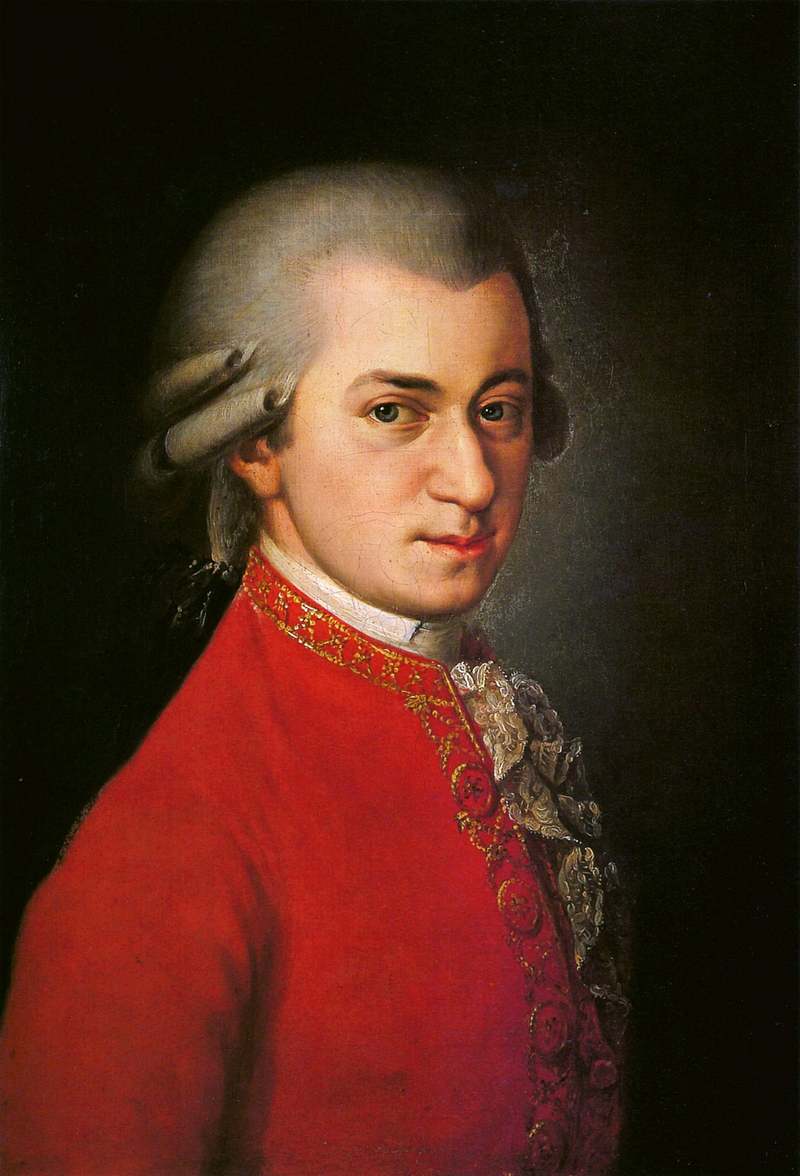
Courtesy of Wikipedia
There was a full house at Wellin Hall on Tuesday, April 24, for the Hamilton College and Community Masterworks Chorale and Symphor!a concert. Directed and conducted by G. Roberts Kolb, the Masterworks Chorale is made up of Hamilton students, faculty, alumni, and local community members. The Symphor!a Orchestra is made up of local community members.
Masterworks Chorale sings a variety of pieces from the canon of choral masterworks. Tuesday’s program included Beethoven’s
Choral Fantasy
and
Elegischer Gesang
, and Mozart’s
Requiem
. Featured soloists in all three pieces included Kathleen Puccio ’15, soprano, Darcy Crum Meadows ’04, mezzo-soprano, Jonathan English, tenor, and David Kolb ’02, baritone.
Puccio, Meadows, and Kolb all graduated from Hamilton with degrees in music, and have gone on to have impressive careers. Puccio has studied with Lauralyn Kolb for the last five years and now lives and works in Brooklyn. After graduating from Hamilton, Meadows went on to earn a Master of Music degree in voice performance from the Peabody Conservatory of Johns Hopkins University. She has also been singing in a variety of national performances for the last fifteen years. Kolb currently lives in Utica, and has been a soloist for a wide variety of choirs and orchestras, including Masterworks Chorale, the Mohawk Valley Choral Society, and the Catskill Symphony. English has had a remarkable performing career of over 35 years. In his biography in Tuesday’s program, English said: “Performing a work like Mozart’s
Requiem
, with musicians you know and respect; it doesn’t get much better than this.”
The evening began with
Choral Fantasy
(or
Fantasia in C Minor, op. 80
). This work begins with a lengthy piano solo, which was exquisitely performed by Hamilton College Lecturer in Piano and Coordinator of Staff Pianists Sar Shalom-Strong. When Beethoven initially performed
Choral Fantasy
he improvised the piano solo, though it was eventually written into the score. After the orchestra and choir began to play and sing, the piece was elevated from elegant to jubilant, and the joy in the music shone through.
The next work,
Elegischer Gesang, op. 112
, was softer and quieter, yet equally beautiful. This work introduced the theme of death and grieving into the concert, which continued into Mozart’s Requiem.
Tuesday’s program explained Beethoven’s inspiration for Elegischer Gesang: “Baron Johann Baptist von Pasqualati, an amateur musician and the physician of the Empress Maria Theresa, was a patron and friend of Beethoven. The baron’s wife Eleanore died in childbirth in 1811. Beethoven presented Elegischer Gesang to the baron on the third anniversary of her death.”
The focus of the concert was the final piece, Mozart’s
Requiem
. Franz Xaver Süssmayr completed the work, as it was unfinished at the time of Mozart’s death. As Tuesday’s program noted: “While reality may not have been quite so dramatic as the
Amadeus
[a popular 1984 film] Mozart dictating the work on his deathbed to Antonio Salieri, we do know that on December 4, 1791, Mozart, bedridden since November 20, felt well enough to stage a rehearsal of completed portions of the Requiem.”
One highlight of the Requiem was the “Rex Tremendae” movement. Its intensity brought an immense amount of energy to the audience. Another highlight was the final movement, “Communion: Lux Aeterna.” Puccio’s soprano solo at the start of movement was enchanting and the choir and orchestra reflected Puccio’s enchanting tone.
Overall, the robust sound of the Chorale and Symphor!a was a joy to listen to. At the end of the concert, many audience members gave the Masterworks Chorale and Symphor!a Orchestra a much-deserved standing ovation.
